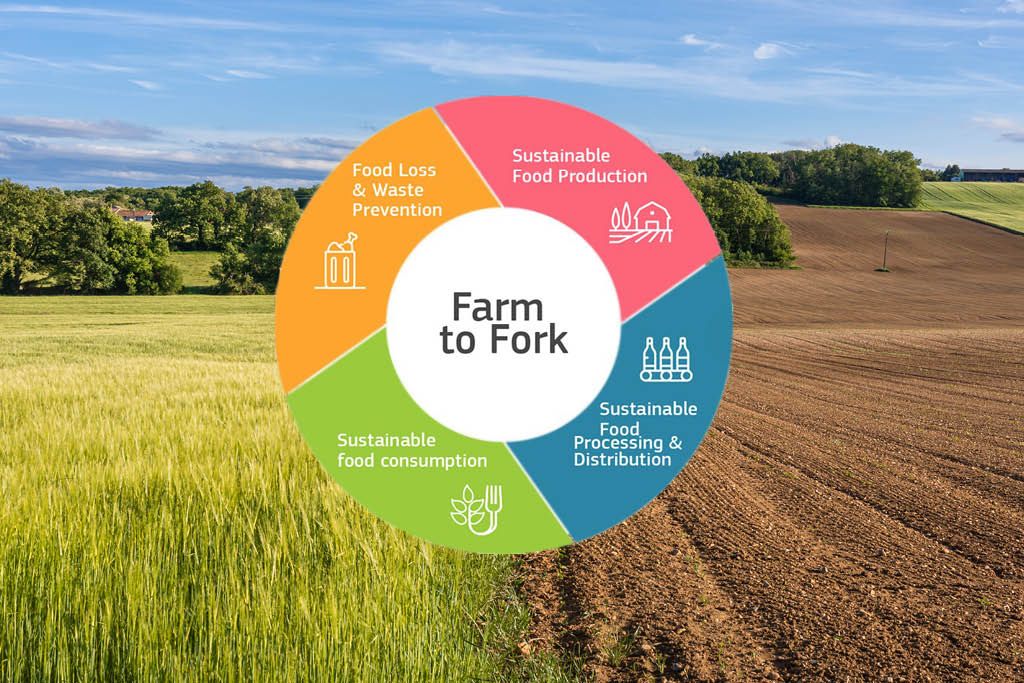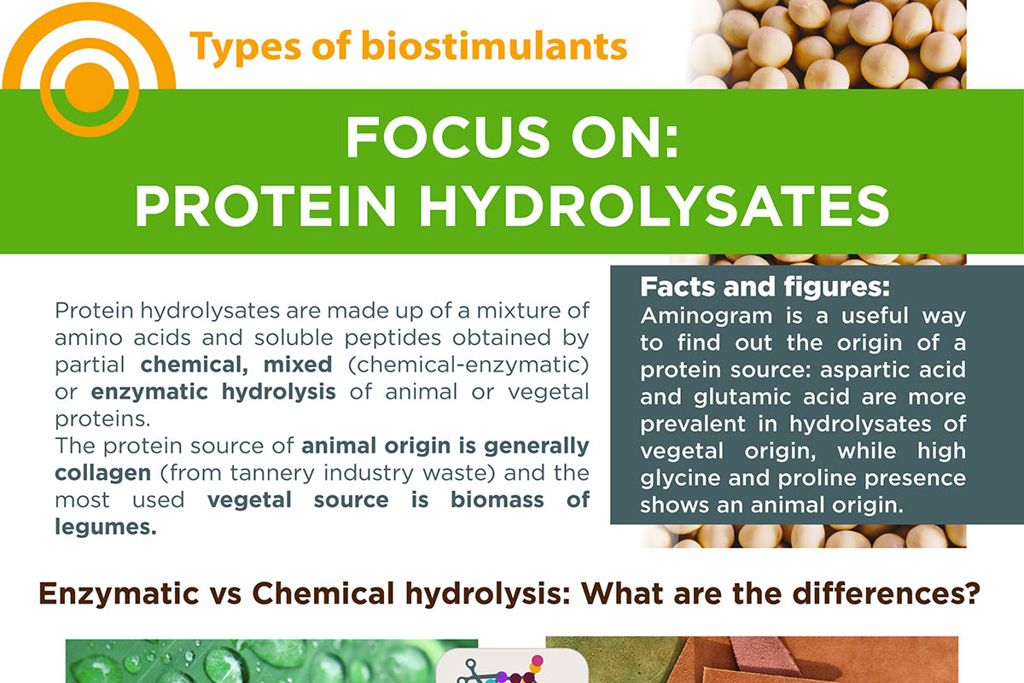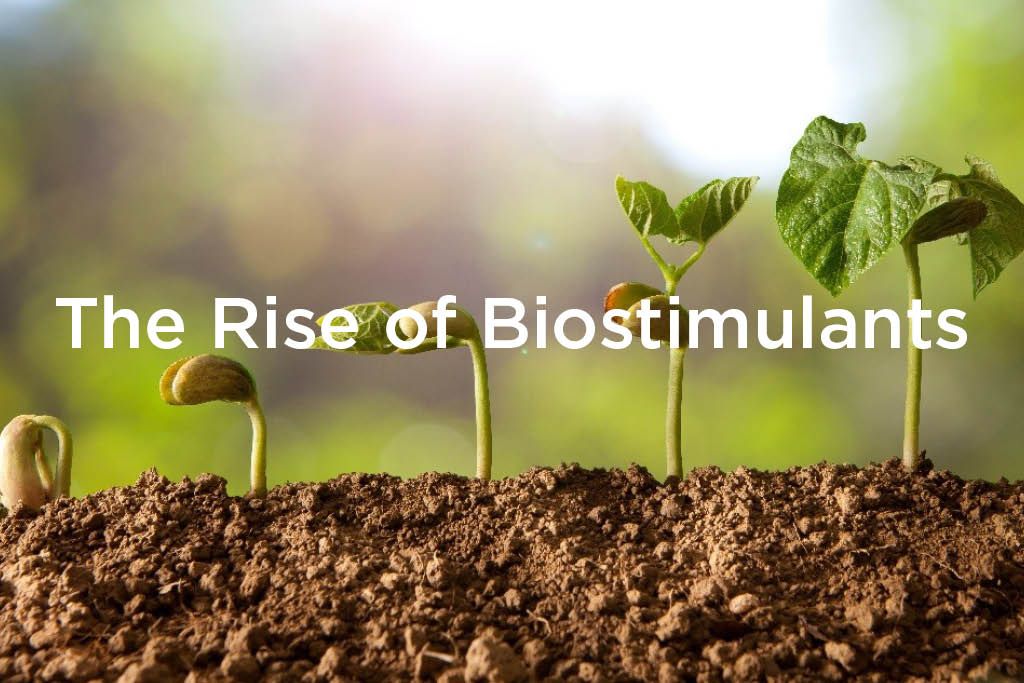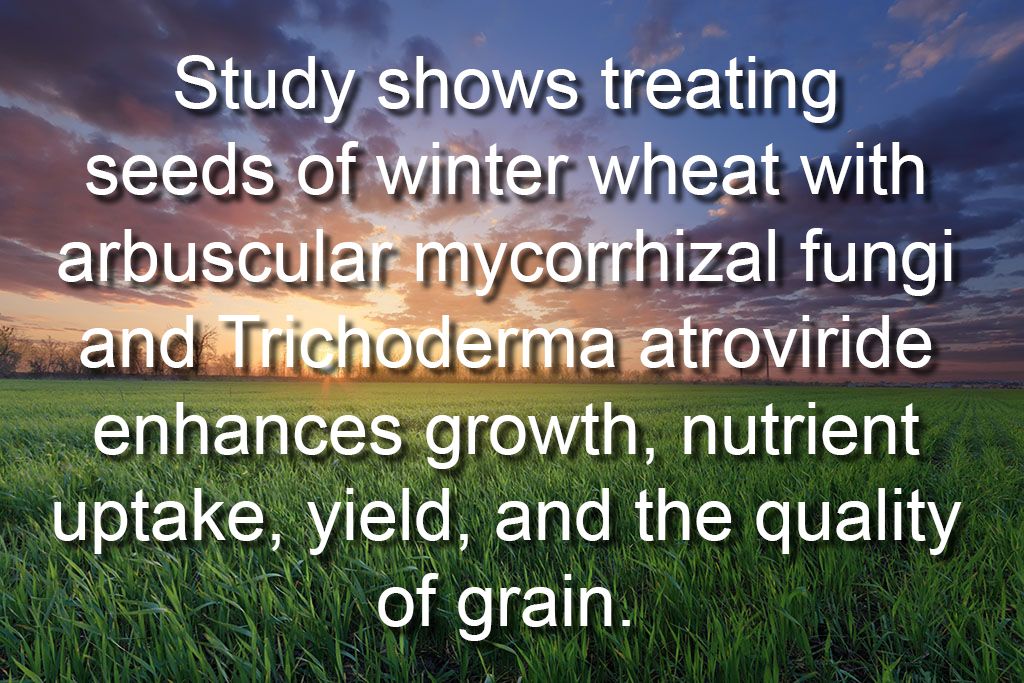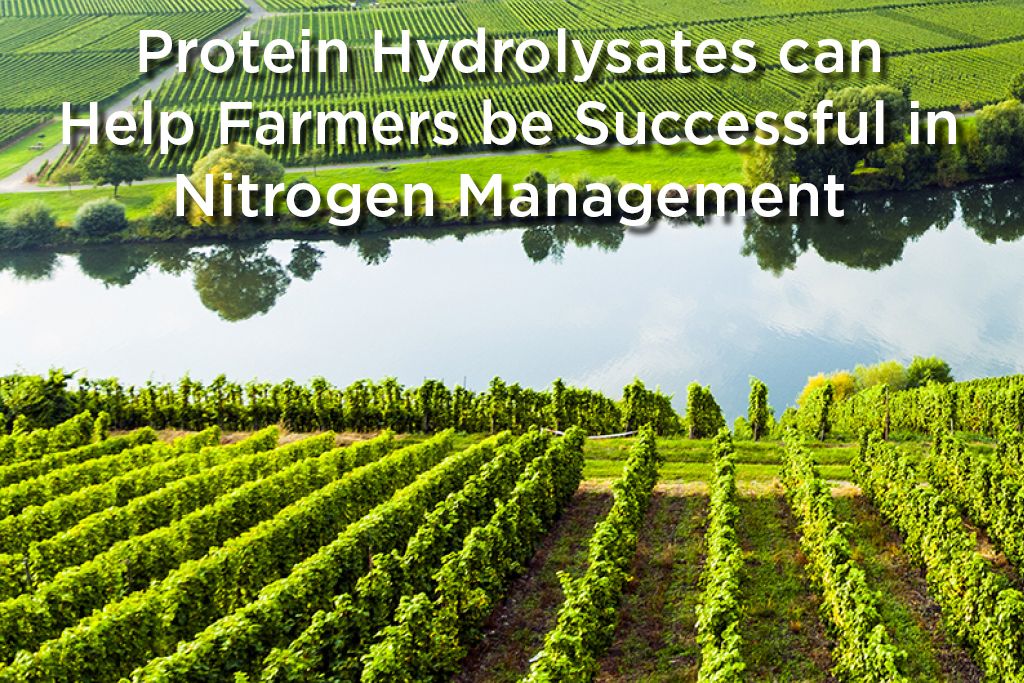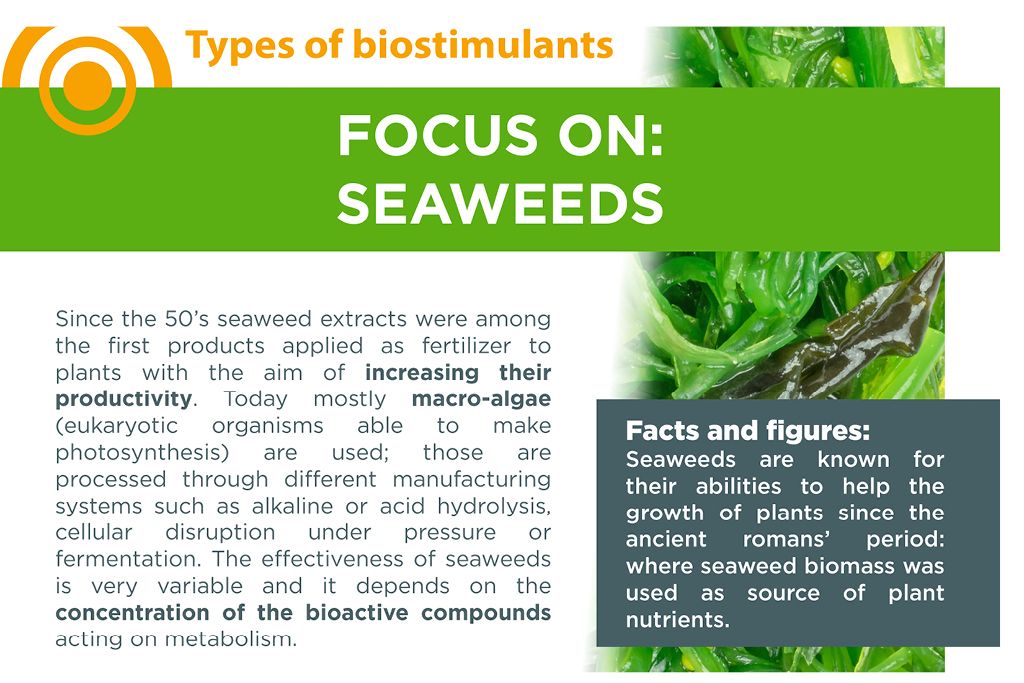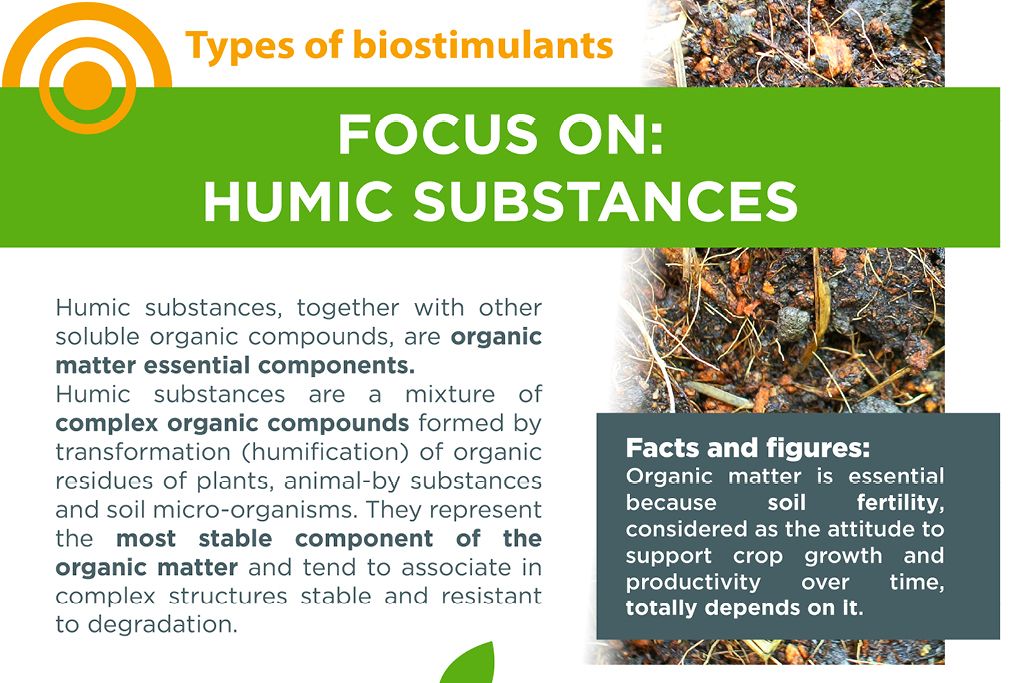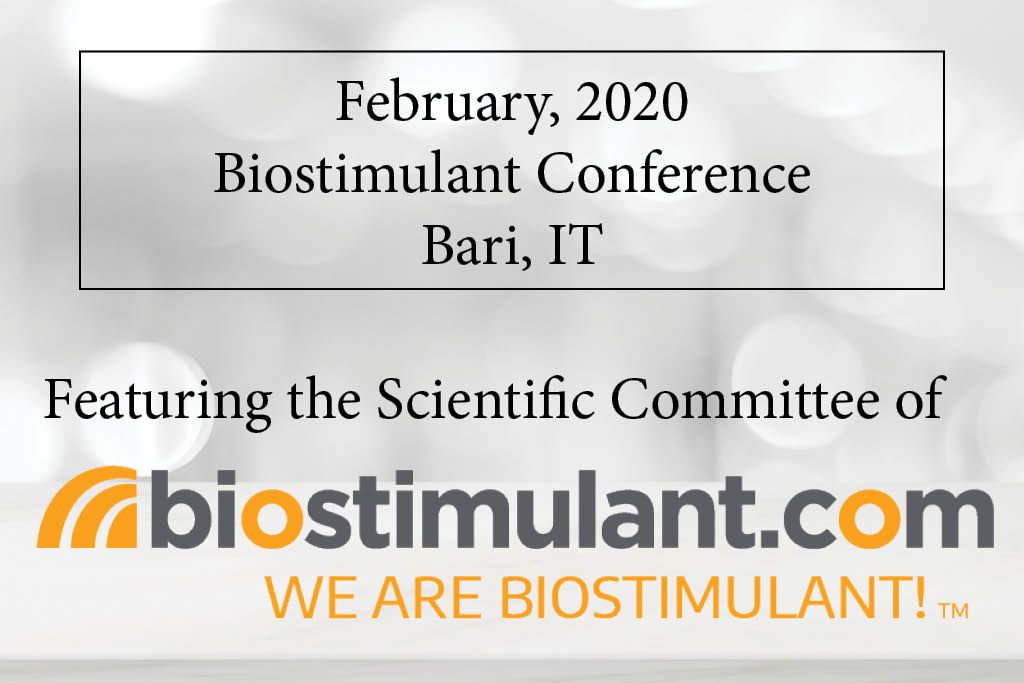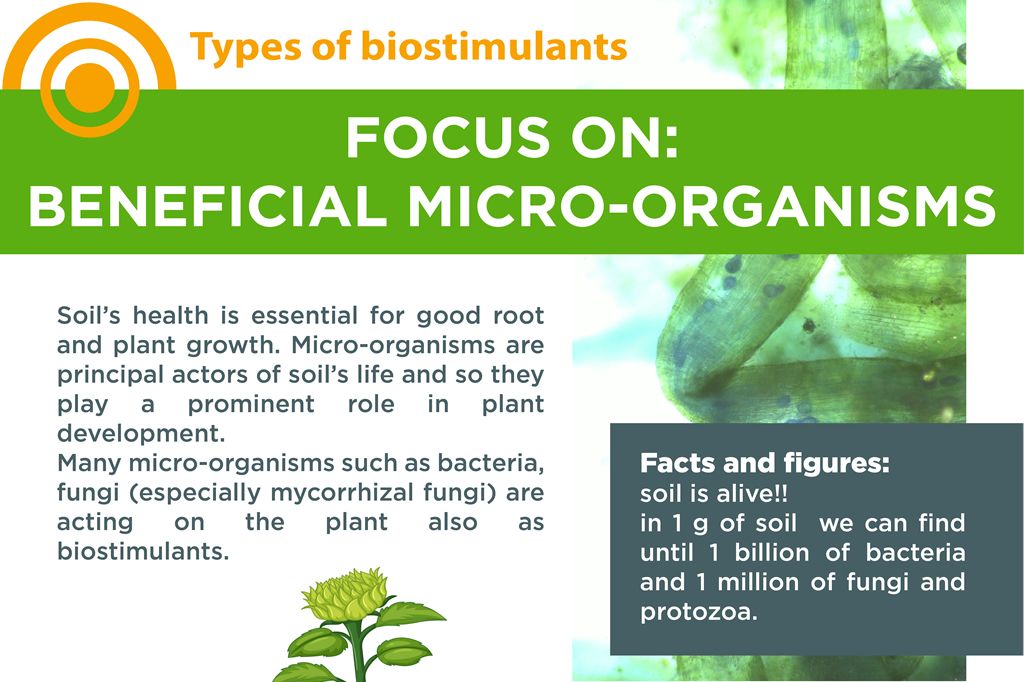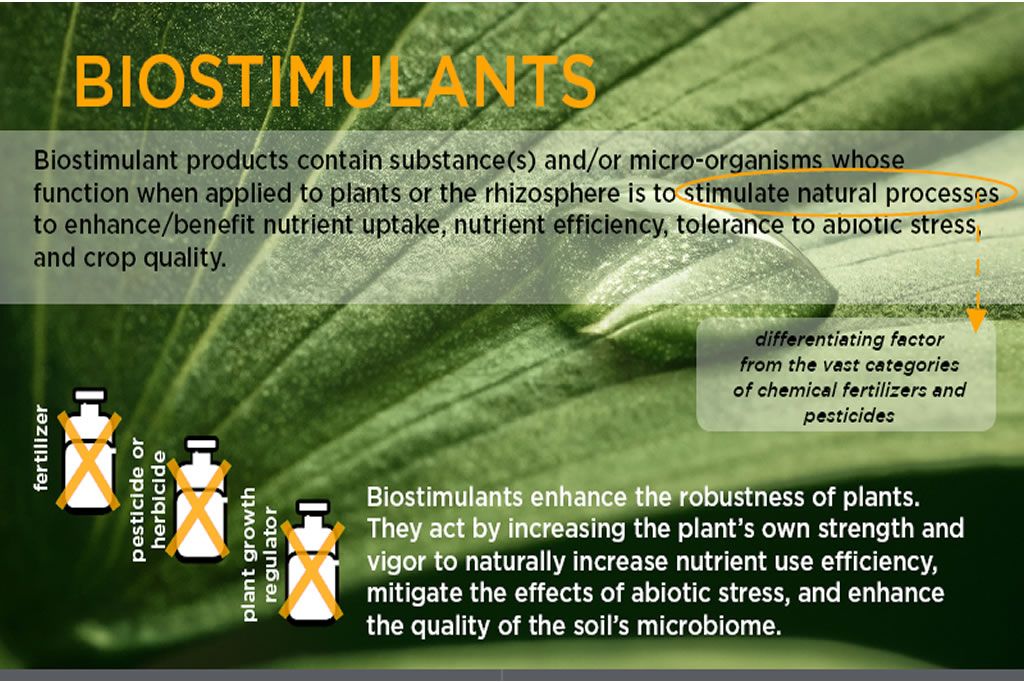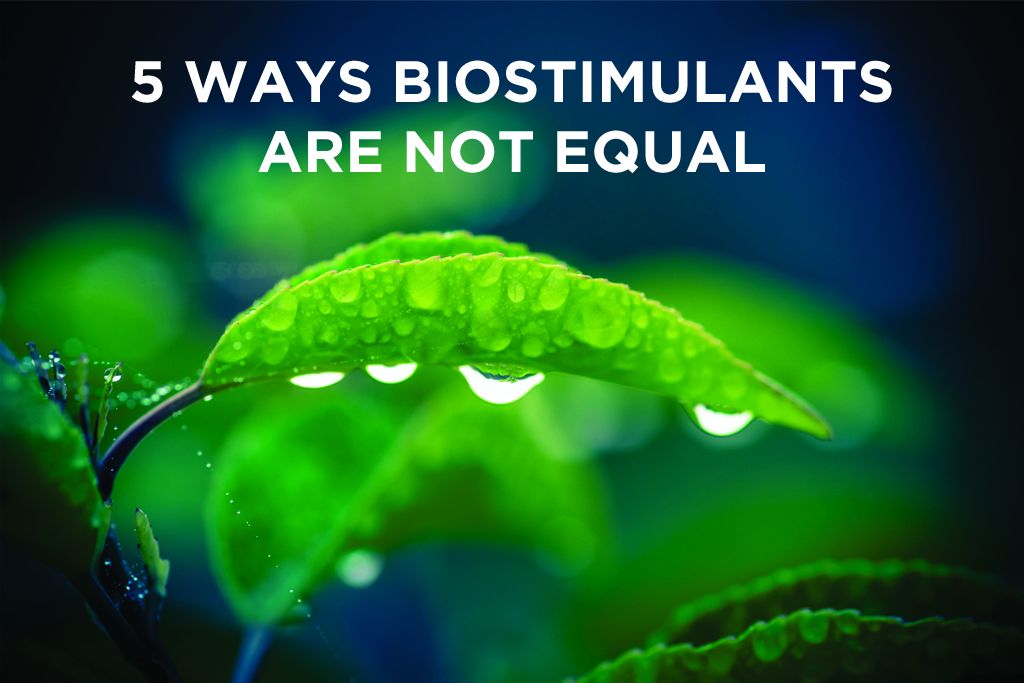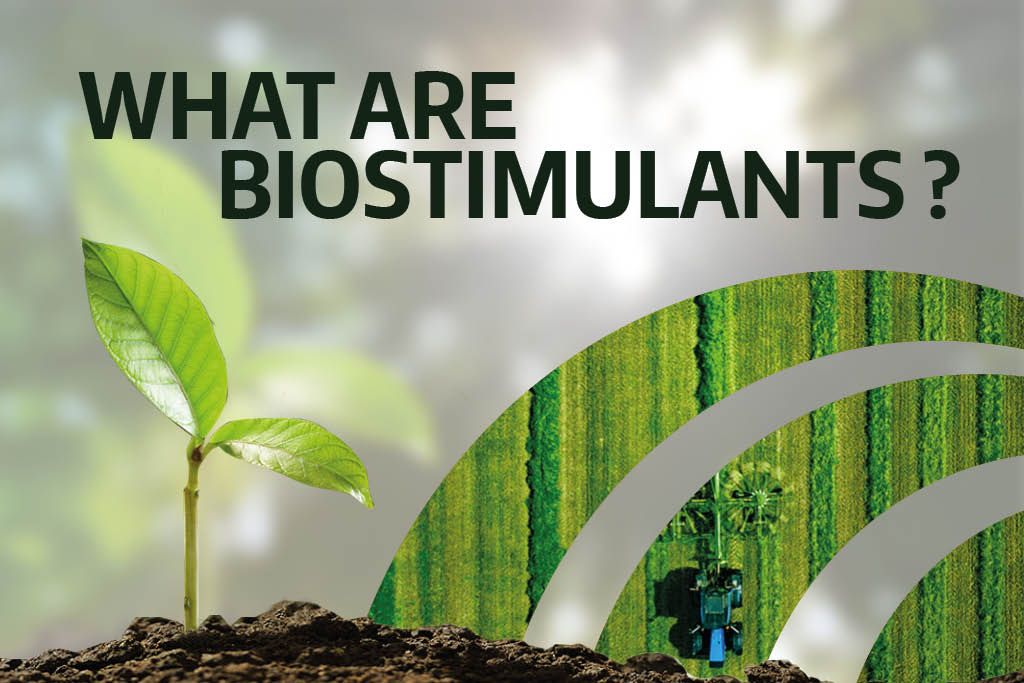BLOG #22
THE IMPORTANCE OF BIOSTIMULANTS FOR THE NEXT
GEN FOOD CHAIN
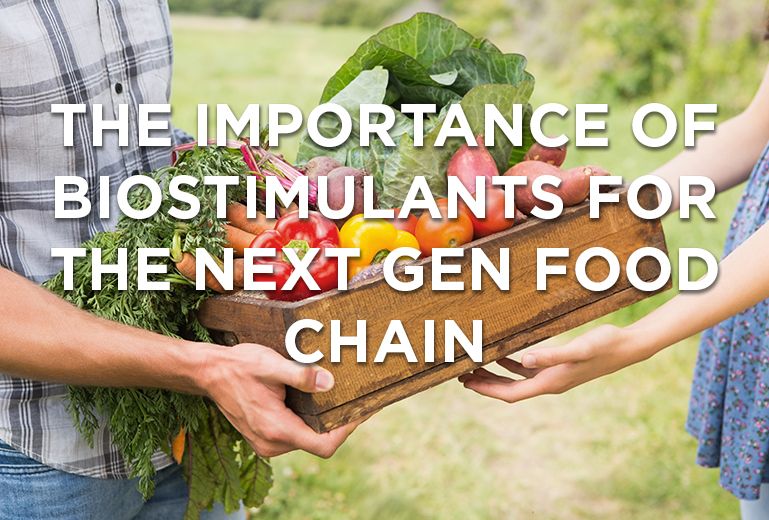
The food chain can be defined as the series of processes by which food is grown or produced, sold, and eventually consumed. It is a process marked according to precise phases and which involves numerous actors: farmers, seed producers, breeders, processing industry, transporters and distributors, wholesalers and retailers, right up to the consumer. The current context of demographic, food and agro-ecological transitions raises new challenges for actors along local as well as global agricultural food chains: for example, securing food supply in a sustainable way, managing risks and food safety, value enhancement and/or re-use of by-products.
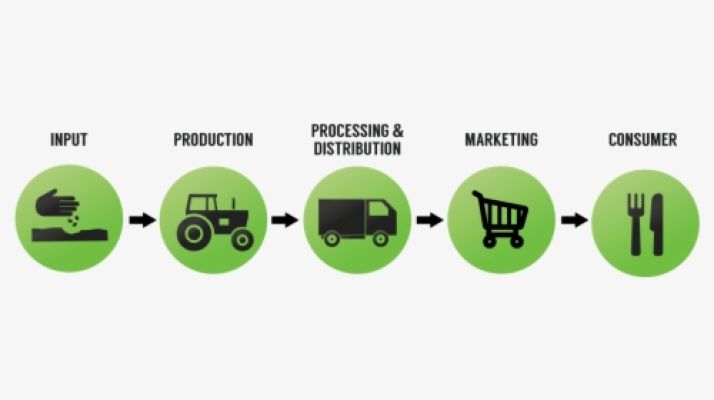
THE EVOLUTION OF THE FOOD CHAIN
The food chain until the 1970s, which can be identified as the period of the end of mass poverty, was focused only on satisfying the food needs (quantity) and the progressive evolution brought a strong transition in the organization and supply process from traditional market to the large-scale retail trade. The creation of long food chain boosts the distance, physical and relational, between producer and consumer. The increase in the range and temporal availability of different type of products counteracts a loss of contact between producer and consumer generating a loss of “trust“.
From the early 2000s and especially after the COVID-19 experience, there is a back to the origins because consumers want to buy more and more local products, KM 0 markets are popping up and shops have deals with local farmers to rebuild the trust. Besides, more and more integration is developing between the different actors of the agro-food chain. Food processing industries and distribution are asking to know more about how crops are grown and there are established rules that farmers must follow if they want to sell their production (Production specification protocols). Biostimulants are more and more present in these production specification protocols as alternative solutions to massive use of chemical products and as strategies to solve production problems helping farmers to deliver products that meet the needs of the distribution chain and of all operators involved.
THE ROLE OF BIOSTIMULANTS
1) Improve the commercial quality:
Biostimulants have the ability of acting on different commercial quality traits such as homogeneity of fruit size, color, resistance to handling, improvement of shelf life, aptitude to processing. Better commercial quality means less food loss and food waste along the food chain, more efficient land use and better resources management with positive impacts on climate change.
2) Improve the nutritional quality:
Biostimulants have the ability of acting on the chemical composition of fruits increasing nutrients, proteins, sugar and antioxidant substances content. The consumer of the 21st Century is a highly demanding one, exhibiting greater concern about quality and health benefits of the food being bought. Food quality is a central issue in today’s food economics, testifying that consumers’ concerns for healthier lifestyles and environment care are driving forces in reshaping food buying intentions and their perspectives on food quality. Consumers are aware and more attentive to the fact that functional and biofortified foods can help to reduce the risk of disease development and, consequently, promote health and wellbeing.
3) Allow to produce zero residues and organic products:
The use of biostimulants in cultivation strategies is essential if the aim is to reduce chemical residues on the crop and if the production is meant to be organic or vegan. Especially some kind of biostimulants, such as vegetal protein hydrolysates, can be employed without restrictions in organic cultivation while animal protein hydrolisates can be applied in a limited way. Vegetal protein hydrolysates are also suitable for production of vegetables/fruits intended for vegan/vegetarian nutrition and also for Muslims and Hindus nutrition, all those being segments requiring products free from animal-derived residues. Besides, global organic food market is growing and consumers are becoming more health conscious, informed, connected and more curious about what they eat, they have access to a lot of information and want to know more about the origin of the food and the way it is produced. In developed country they are also willing and able to pay a higher price to eat healthier food.
4) Contribute to building robust and resilient food systems driven by sustainability
In Europe the Green Deal and the Farm to Fork Strategy set ambitious goal for a more sustainable agriculture. Moreover, the Food and Agriculture Organization (FAO) estimates by 2050 there will be the need to produce 60% more food to feed a world population of over 9 billion people with less inputs and limited soil availability. Farmers will need to grow crops in sub-optimal conditions continuously facing extreme weather like drought, heat, flooding and frost. In this scenario, biostimulants are a critical element for achieving sustainability objectives required by consumers and more and more agro-food chain actors. Agricultural sector has no choice but to embark on a greener revolution which means increase crop productivity and quality applying sustainable practices and reducing environmental footprint.
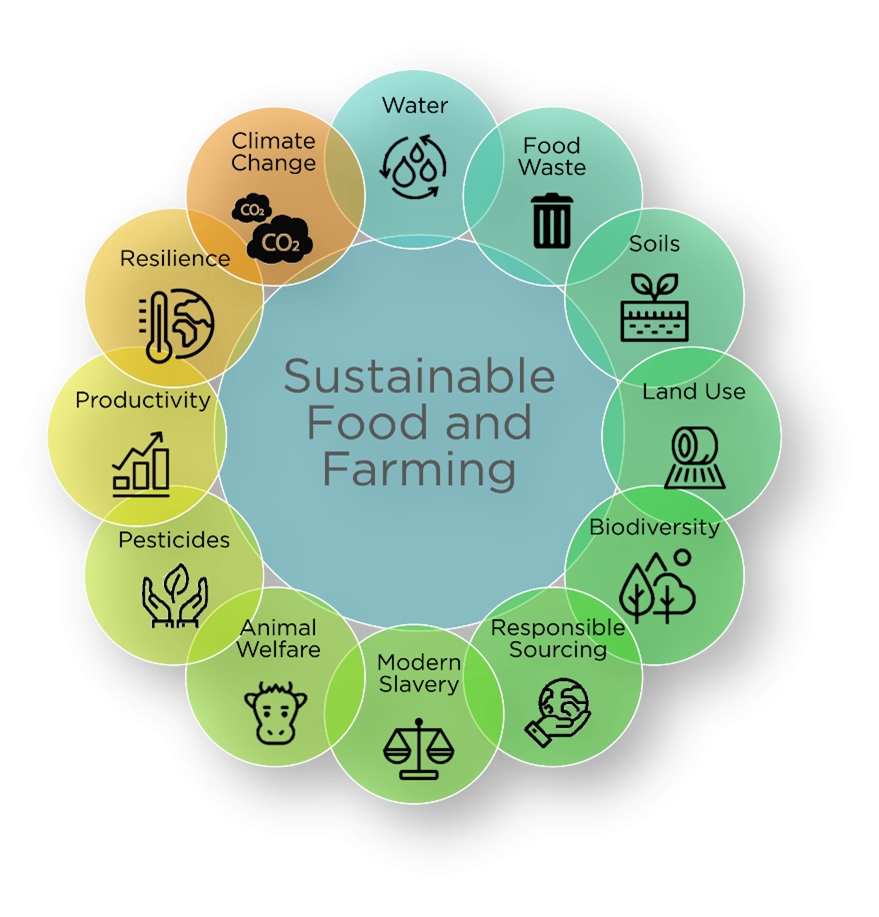
Modern agriculture increasingly demands an alternative to synthetic chemicals in order to respond to the changes in international law and regulations, but also consumers’ needs. Biostimulants play a crucial role for a more sustainable future of agriculture thank to their capacity of improving crop performance, nutrient use efficiency and quality of the produce as well as enhancing the tolerance/resistance to a wide range of abiotic stresses like salinity, drought, nutrient deficiency and extreme temperatures.


